Tag: VAP

Incidence of NV-HAP in the United States
Because nonventilator hospital-acquired pneumonia (NV-HAP) is understudied, our purpose was to determine the incidence, overall burden, and level of documented pneumonia preventive interventions of NV-HAP in 24 U.S. hospitals.... read more

Trends of Incidence and Risk Factors of VAP in Elderly Patients Admitted to French ICUs
This study assesses trends and risk factors of ventilator-associated pneumonia (VAP) according to age, particularly in the elderly admitted to French ICUs between 2007 and 2014. Ventilator-associated pneumonia incidence is... read more
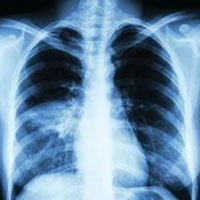
REPROVE: Ceftazidime-avibactam Noninferior to Meropenem for Nosocomial Pneumonia
Ceftazidime-avibactam was noninferior to meropenem for nosocomial pneumonia including ventilator-associated pneumonia (VAP) from gram-negative organisms, results from the REPROVE trial demonstrated. Nosocomial or hospital-acquired... read more
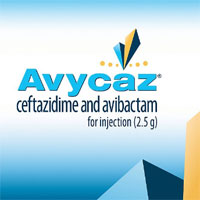
FDA Approves Treatment of Patients with Hospital-Acquired Bacterial Pneumonia and Ventilator-Associated Bacterial Pneumonia
FDA has approved Allergan's supplemental New Drug Application (sNDA) to expand the approved use of AVYCAZ® (ceftazidime and avibactam) to include the treatment of hospital-acquired bacterial pneumonia and ventilator-associated... read more

Risk Factors for Ventilator-Associated Events in a PICU
There is an association between ventilator-associated condition and infection-related ventilator-associated complication in critically ill children with acute kidney injury, ventilatory support, and neuromuscular blockade.... read more

Diagnostic Importance of Pulmonary Interleukin-1β and Interleukin-8 in VAP
BALF IL-1β and IL-8 are amongst the strongest markers yet identified for accurately demarcating VAP within the larger population of patients with suspected VAP. These findings have potential implications for reduction in... read more
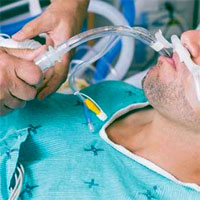
Accuracy and Applications of Lung Ultrasound to Diagnose VAP
Lung ultrasound (LUS) is an accurate tool to diagnose community-acquired pneumonia. However, it is not yet an established tool to diagnose ventilator-associated pneumonia (VAP). Small subpleural consolidations and dynamic... read more
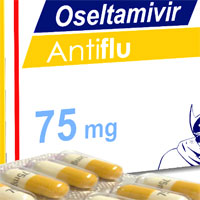
Early Oseltamivir Therapy Improves the Outcome in Critically Ill with Influenza
This real-life study emphasizes oseltamivir efficacy on in-hospital outcome when administrated within 2 days of the onset of symptoms. Even if physicians' awareness of the influenza disease has been undeniably enhanced... read more

How to Remove the Grey Area Between VAP and VAT?
We read with great interest the study performed by Paula Ramirez and colleagues. The study included 71 patients with ventilator-associated pneumonia (VAP) and the authors coined a new term called "gradual VAP".... read more
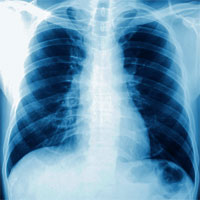
A Randomized Trial of the Amikacin Fosfomycin Inhalation System for the Adjunctive Therapy of Gram-Negative VAP
Clinical failures in ventilator-associated pneumonia (VAP) caused by gram-negative bacteria are common and associated with substantial morbidity, mortality, and resource utilization. In this trial of adjunctive aerosol therapy... read more

The impact of oral care on oral health status and prevention of VAP in critically ill patients
Ventilator-associated pneumonia (VAP) is one of the most common nosocomial infections which increase mortality rate and length stay of hospitalization. Oral care would not only improve patient’s oral health and well-being,... read more
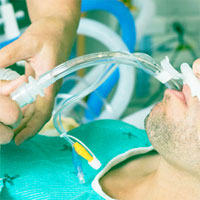
Ultra-Short-Course Antibiotics for Patients With Suspected Ventilator-Associated Pneumonia but Minimal and Stable Ventilator Settings
Many patients started on antibiotics for possible ventilator-associated pneumonia (VAP) do not have pneumonia. Patients with minimal and stable ventilator settings may be suitable candidates for early antibiotic discontinuation.... read more
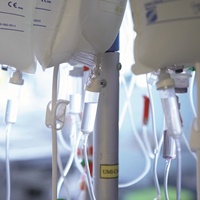
National ICU Quality Indicators Revisited
The use of QI at a national level is a suitable method to focus on quality in healthcare. Independently of public access to the results, a local or national ICU network will have a lot to gain from engaging in the process... read more

New Infection Data and Sepsis-Guideline Critique at SCCM
The potential of probiotics to reduce nosocomial infections and ventilator-associated pneumonia in the critically ill and the latest data on readmissions will be among the major research advances presented here at the Society... read more




